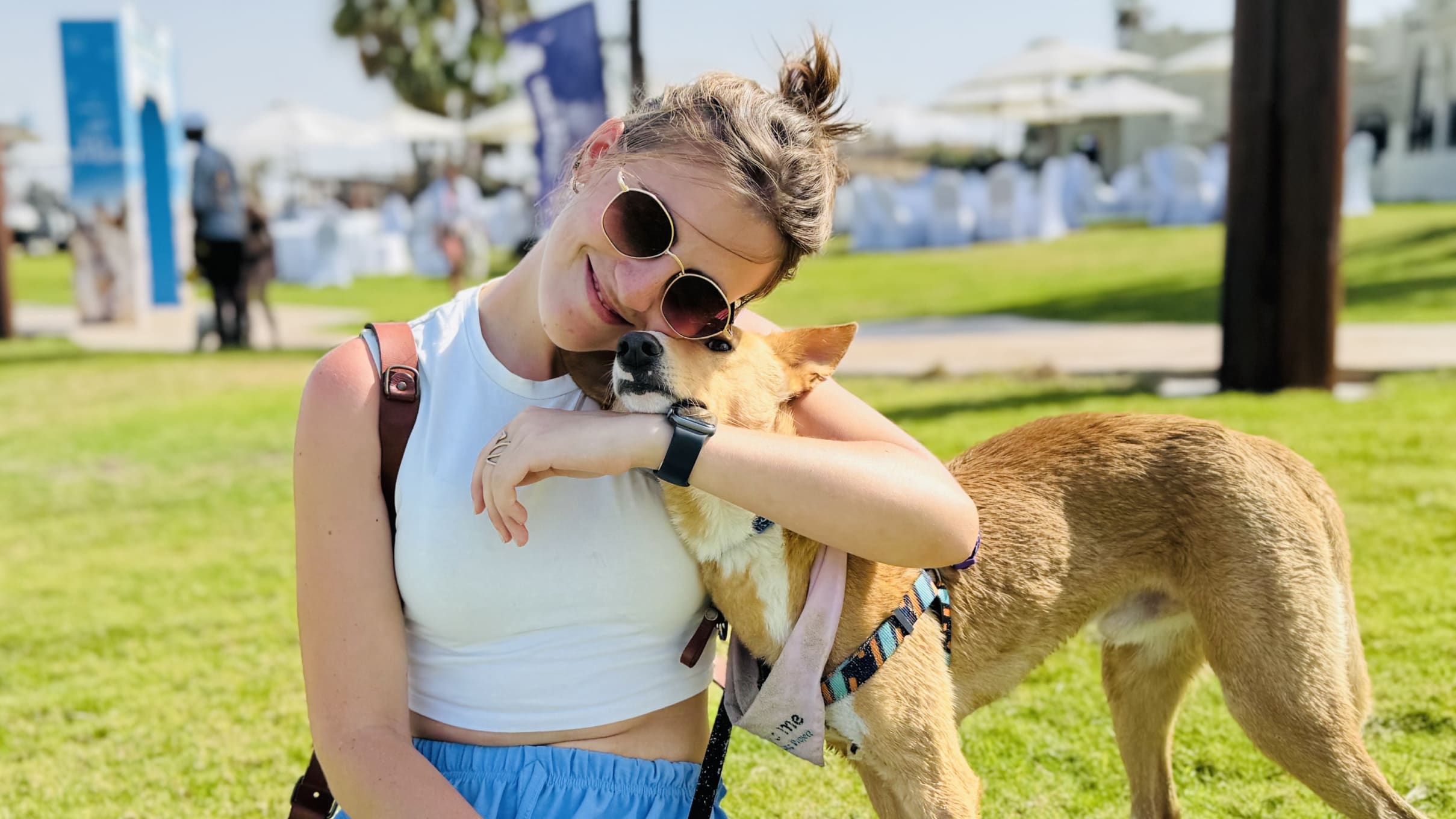How Veterinarians Estimate Your Dog's Age

We at Pet Pavilion understand why it's important for you to know how old your dog is. You want to be prepared and give them the appropriate care for their life stage, anticipate any age-related health conditions, and give them the best life possible. Knowing your dog's age can inform many of the choices you make about their food, lifestyle, and more.
The question "How old do you think my dog is?" is complicated to answer. There are clues that our veterinarians look for, including cloudy eyes, dental tartar, and how worn down the teeth are. While helpful, these methods aren't always 100% accurate. They simply offer ways to estimate a general range of your dog's age.
Why is it challenging to estimate a dog's age?
The truth is, age is difficult to determine in dogs between the ages of about 2 and 8 calendar years by physical features alone. The range is even greater for small-breed dogs, because they reach maturity faster and age more slowly than larger dogs. The aging process can be different depending on a dog's size, genetic breed mix, and more. An adult dog is at the stage in their life where they don't age visibly, quite unlike the rapid changes you see as a dog transitions from puppy to adult, or adult to senior.
If you adopted your dog fully grown, and a few years later they haven't changed at all, it's a good bet that your pup is in the time of life where aging is almost imperceptible: adulthood. For a medium-to-large breed dog, you can pretty comfortably say that your dog was probably about 2–4 years old at adoption; for smaller breeds, the starting range will be wider at 1–5 years old at adoption.
How veterinarians at Pet Pavilion estimate dog age At Pet Pavilion, our experienced veterinarians use four main ways to tell how old a dog is using physical clues.
1. How to tell a dog's age using body shape
As dogs age, the way they distribute their weight changes. With age, fat pads usually develop right over your dog's lower back or lumbar area. Mild muscle wasting, which will lead to a more prominent spine and sometimes a sway-backed appearance, is also indicative of a senior dog. To tell how old your dog is using their body shape, our vets run their hands down your dog's back on either side of the spine to check for these indicators of age.
2. How to tell a dog's age by their eyes
Cloudy pupils are another indicator of a dog's age. They are a sign of lenticular sclerosis, an age-related phenomenon that causes the lens to become diffusely hazy or opaque, though it only minimally affects vision. Our vets take a good look into your dog's eyes to check for this cloudiness.
Note that lenticular sclerosis is not the same as cataracts, which can impair vision. If you suspect a cataract or are concerned about your dog's vision, don't hesitate to book a consultation with our veterinary team.
3. How to tell a dog's age using coat color
The development of gray in their coat is a third way to estimate how old a dog is. Like humans, dog hair will usually begin to gray with age. Areas especially affected include the hair around the muzzle and eyes.
Note that coat color isn't a particularly specific measure. Some dogs are born with a lot of white in these areas, or will gray much younger than others, especially wire-haired or furnished breeds.
4. How to tell a dog's age using their teeth
When a dog is young, our veterinarians can age puppies using their teeth with extremely high accuracy. Estimating a dog's age becomes more challenging once all their adult teeth are in, usually by six months of age. Generally, the accumulation of dental calculus and tartar, tooth wear and loss, and periodontal disease increase with age.
Regardless of size, some dogs accumulate tartar very young, whereas others are tartar-free into their senior years. Depending on the dog, teeth can be a valuable piece of information and can give our vets an idea of whether your dog might need a dental cleaning in the future.
Documenting physical changes can help you estimate a dog's age
Another thing you can do to estimate your dog's age is to document subtle changes over the years. Look at photos from a few years ago and compare them to photos now. Or, if you've just adopted your pup, start documenting how they look right now. Take a few photos, face on, a profile of the whole body, and maybe even one from up above. Next year, and the next, take them again.
Then, bring these photos to your next veterinary consultation at Pet Pavilion. We want what you want—to keep your dog healthy and happy for as long as possible. The more information we have, the better estimate we can give you about your dog's age and the more tailored care we can provide.
Remember, regular check-ups are crucial for monitoring your dog's health as they age. Whether you have a playful puppy or a distinguished senior, Pet Pavilion is here to support you and your furry friend every step of the way. From vaccinations to preventive care, we're committed to ensuring your dog lives a long, healthy, and happy life.


Schedule your appointment today
Book My Appointment







